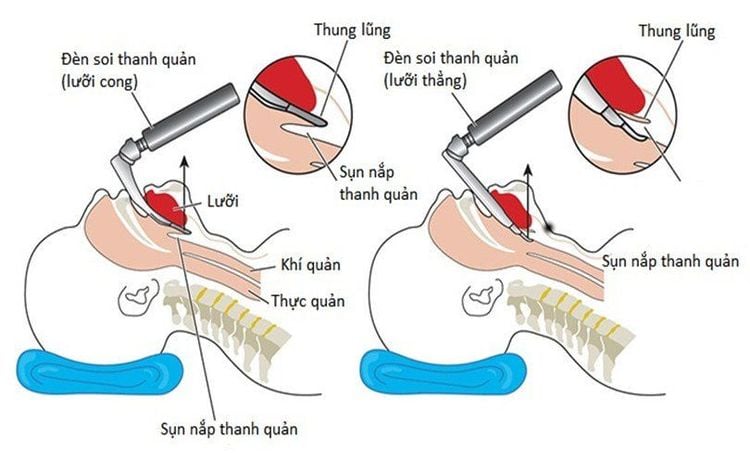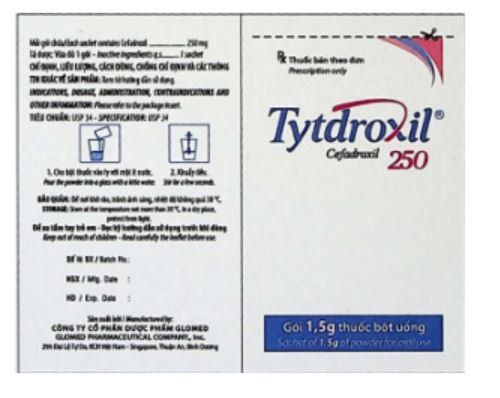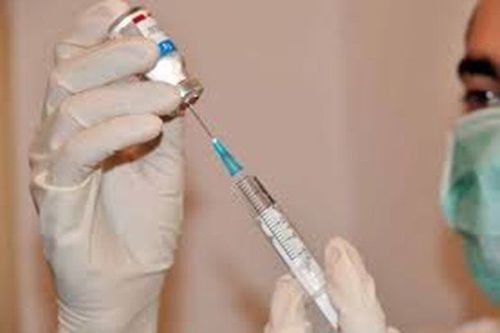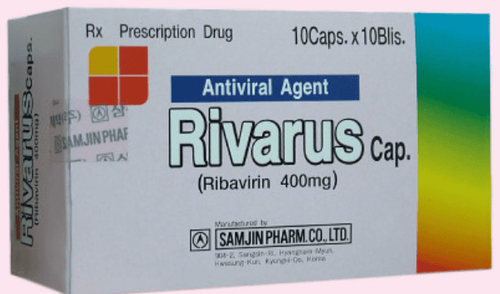This is an automatically translated article.
The article is professionally consulted by Master, Doctor Truong Thanh Tam - Pediatrician - Pediatrics - Neonatology Department, Vinmec Danang International General HospitalAcute respiratory failure is the leading cause of hospitalization for children in the intensive care unit. Acute respiratory failure in children can be caused by many causes such as bronchitis, foreign bodies, asthma, neuromuscular diseases,...
1. What is acute respiratory failure in children?
Respiratory failure is defined as a state of reduced oxygen delivery to cells and reduced ability to excrete carbon dioxide. This is the leading cause of hospitalization for children in the intensive care unit.2. Causes of acute respiratory failure in children
Due to upper respiratory tract obstruction: laryngotracheitis, airway foreign body, posterior pharyngeal abscess, enlarged tonsils,... Lower respiratory tract obstruction: asthma, acute bronchiolitis, allergies airway objects,... Non-obstructive causes: Pneumonia, atelectasis, pulmonary embolism, interstitial lung disease, lung abscess, pulmonary hemorrhage,... Due to causes other than lung: diaphragm paralysis, diaphragmatic hernia, heart failure, circulatory failure, shock, neuromuscular disease, traumatic brain injury, poisoning, metabolic disorders,...
3. Diagnosis of acute respiratory failure in children
3.1.Clinical signs Increased work of breathing: Increased breathing rate, feeling anxious, shortness of breath. Symptoms of respiratory muscle fatigue: Wheezing, irregular breathing, the child cannot cough. Signs of hypoxia: Increased heart rate, cyanosis, nervous stimulation or inhibition. There are signs of lung damage: Wheezing, wet rales, crackles; accessory respiratory muscle contraction. Increased carbon dioxide in the blood: Red skin, bulging eyes, tight chest and increased blood pressure. Evidence of upper airway obstruction: Snoring, drooling, or even apnea. 3.2.Subclinical signs Percutaneous oxygen saturation <90% (for children outside of neonatal age). Arterial blood gases: Decrease in PaO2 < 60 mmHg, increase in CO2 > 50 mmHg, mixed respiratory-metabolic acidosis. Chest X-ray: Observed lung parenchymal infiltrates, interstitial tissue damage, pneumothorax or atelectasis, damaged trachea, signs of effusion, pneumothorax, mediastinal damage.
4. How to treat acute respiratory failure in children?
4.1. Pleural drainage Indicated in the syndromes of pneumothorax, pneumomediastinum and in hemothorax, pleural effusion.
4.2. Open the airways Open the airways is the first thing to do from the first moment of contact with the patient. Depending on the cause and severity, it is possible to apply procedures such as hooking the mouth, nose, throat, wiping, vacuuming up soil, sand, mud, food, sputum, lifting the patient's jaw,...
4.3 . Tracheostomy Correct technique should be performed to avoid post-tracheostomy complications such as tracheal stenosis, bleeding, and necrosis of the tracheal wall.
4.4. Intubation Tracheal intubation has the same indications as tracheostomy. There are two methods of endotracheal intubation: oral and nasal. Oral placement is easier and quicker, but requires the use of a laryngoscope, which can lead to biting of the tube and difficulty in oral hygiene. The method of placing through the nose can be done without an endoscope, which can take longer. But the limitations of this method are that it is easy to cause ulcers, nosebleeds, more difficult to care for the patient, and more prone to blocked tubes.

4.7 Oxygen therapy Can do oxygen through the nose., breathing oxygen through a mask, breathing oxygen in a tent or incubator.
Pediatrics department at Vinmec International General Hospital is the address for receiving and examining diseases that infants and young children are susceptible to such as: viral fever, bacterial fever, otitis media, pneumonia in children, ... with modern equipment, sterile space, minimizing the impact as well as the risk of disease spread. Along with that is the dedication from the doctors with professional experience with pediatric patients, making the examination no longer a concern of the parents.
Please dial HOTLINE for more information or register for an appointment HERE. Download MyVinmec app to make appointments faster and to manage your bookings easily.
Article referenced source: Ho Chi Minh City Respiratory Society













